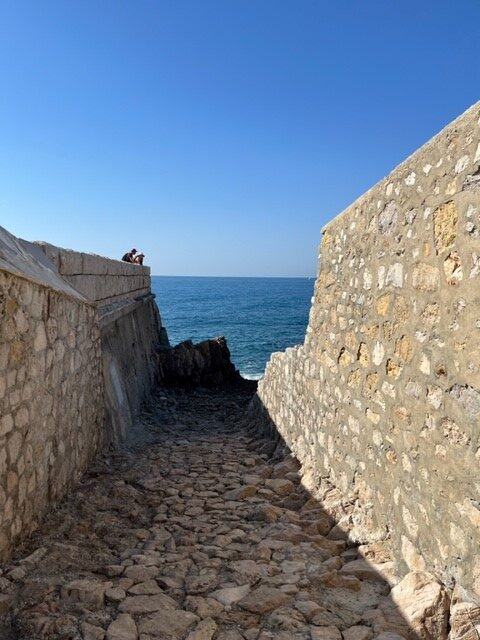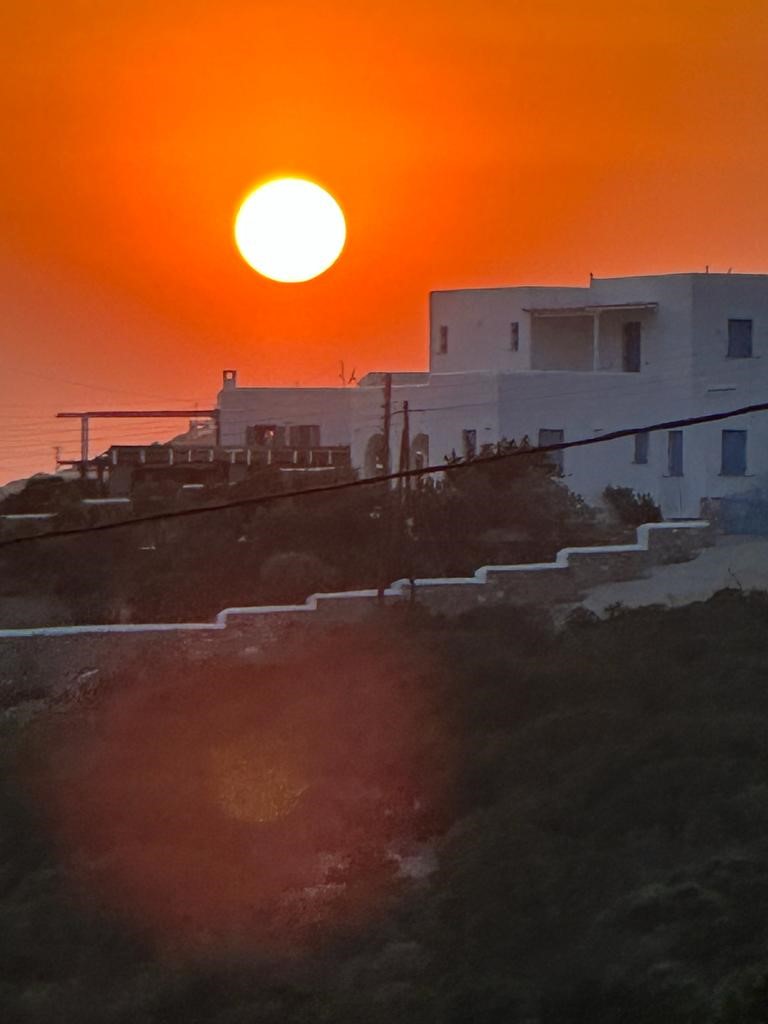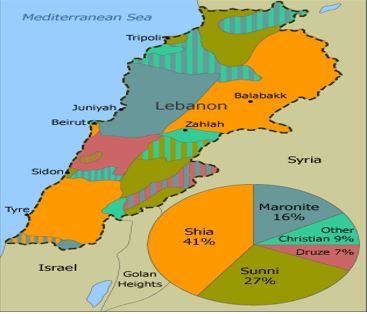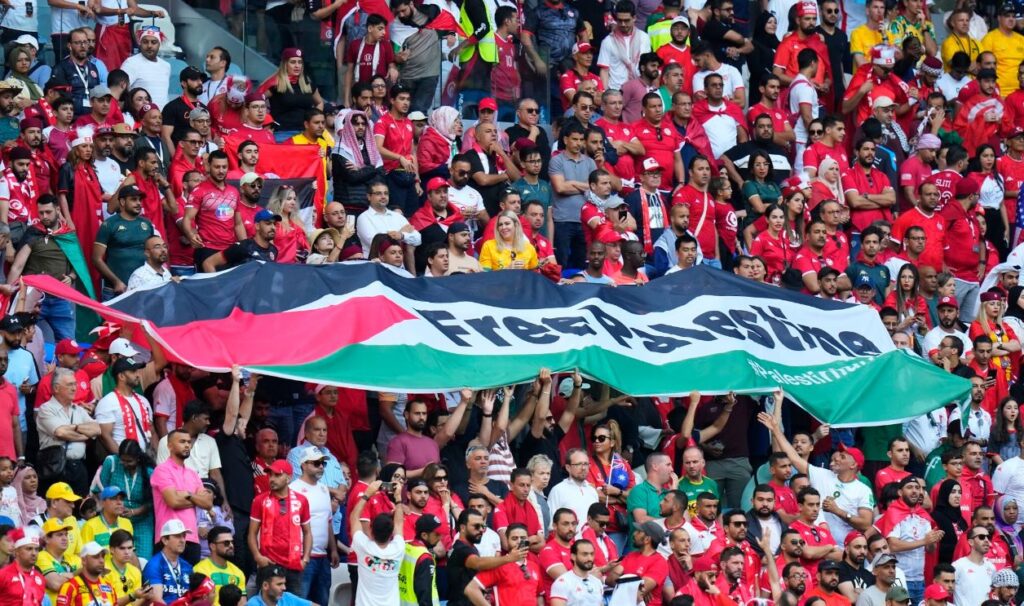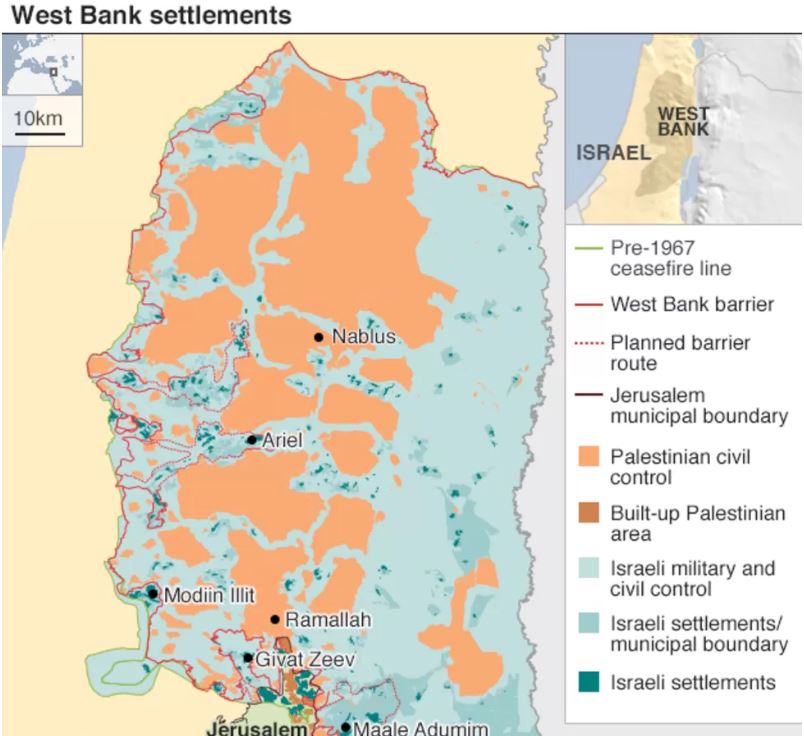This Week’s Sobering Tally
A flowless Mediterranean this morning, azure and marble like. A swim, I am sure I will replay in my mind for months to come. The heat has broken and a tender wind blows and sighs.
But this week somehow starts somber. I don’t know why. Perhaps it’s nothing more than the ebb and flow of life’s fickle moods. Perhaps it’s something more. It’s as if the week’s tally is rigged to jolt.


